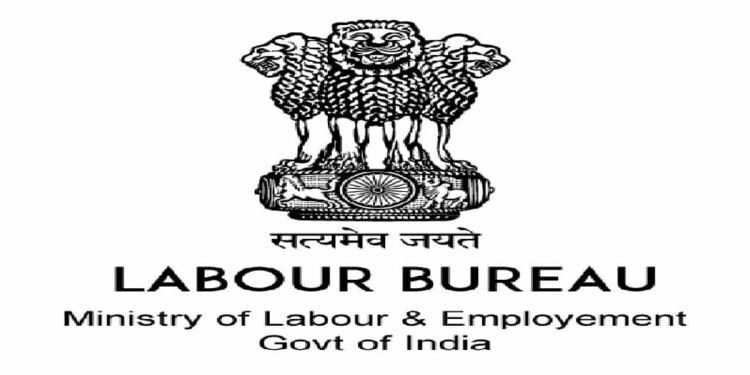History of Labour Bureau
- Labour Statistics in India may be said to have originated when the first national population census was conducted in 1872.
- Then, the Government of India, in Shimla, in the year 1920, established the Labour Bureau, originally known as “Indian Labour Bureau”. It was established under the Board of Industries and Munitions. Mr A.G. Claw, I.C.S was the Controller of Bureau and Miss G.M. Broughton, C.B.E., I.E.S. was appointed as Lady Adviser.
- The Royal Commission on Labour in 1931 pointed out the need for systematic collection of labour statistics.
- Accordingly, Government of India constituted & set up the Rau’s Court of Enquiry in 1940 under the Trade Disputes Act (1929) to recommend statistical machinery for measuring movement in prices.
- This recommendation of the Rau Court of Enquiry (1940) led to setting up of the Directorate of Cost of Living at Shimla in 1941 with the objective of conducting Family Budget Enquiries and compiling Cost of Living Index Numbers for important centres in the country on a uniform basis.
- The result was the enactment of Industrial Statistics Act in 1942 to facilitate collection of statistics on
- matters relating to factories and
- certain specified areas of welfare and conditions of labour.
- Labour Bureau, set up on October 03, 1920, is premium organization in the field of labour statistics and is engaged in the collection, compilation and publication of price indices, employment, unemployment, wages, earnings, absenteeism, labour turnover, industrial relations and working and living conditions of different segments of labour.
Mission :
- Compilation and timely release of Indices (Consumer Price Index Number for Industrial workers and Agricultural Labourers/ Rural Labourers, Retail Price Indices).
- To serve as the storehouse in the field of Labour Statistics by making the latest Labour Statistics available to stakeholders.
Key objectives :
- To act as a storehouse of important economic indicators like Consumer Price Index Numbers for Industrial, Agricultural and Rural Labourers;
- Wage rate indices and data on employment/unemployment, industrial relations, socio-economic conditions in the organised and unorganised sector of industry etc.
The functions/activities of Labour Bureau can be classified under three major heads:
- Labour Intelligence
- Labour Research
- Monitoring and evaluation studies under the Minimum Wages Act 1948.
1. Labour Intelligence:
(1) Construction and maintenance of various series of index numbers:
(a) Consumer Price Index Numbers (CPI) for (i) Industrial Workers (ii) Rural Labourers and (iii) Agricultural Labourers.
(b) Wage Rate Indices in respect of industries covered under the Occupational Wage Surveys.
(c) Index Numbers of (i) Money Earnings and (ii) Real Earnings
(d) Retail Price Indices for 31 Essential Commodities in Urban Areas.
(2) Providing serial statistics on Absenteeism, Labour Turnover, Labour Cost, Employment, contract workers Earnings and industrial disputes.
2. Labour Research: Conducting research studies/ surveys and bringing out publications on labour related matters in organized and unorganized sector. These include:
- Unorganised sector, SC/ST Labour both in Urban and Rural Areas, Women Workers ;
- Occupational Wage Survey in the organized sector
- Family Budget Enquiries.
- Rural Labour Enquiry.
- Survey of Labour conditions
- Contract Labour Surveys
- Annual Survey of Industries.
- Digest of Indian Labour Research.
- Statistical Profile on women Labour
- Monitoring and Evaluation: Collects, Compiles and disseminates statistical information on various aspects of labour based on statutory and voluntary returns under different Labour Acts and surveys conducted. Details of information collected under the Acts are given on web page- Statutory / Voluntary Returns)
















